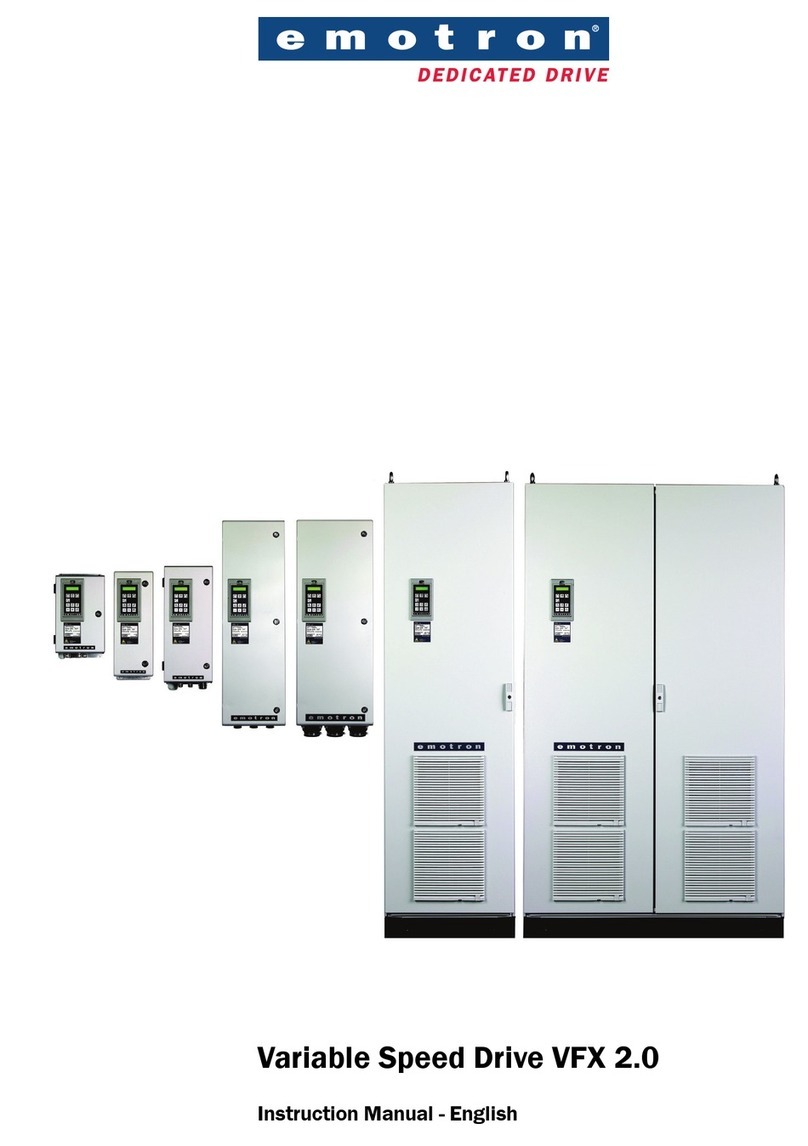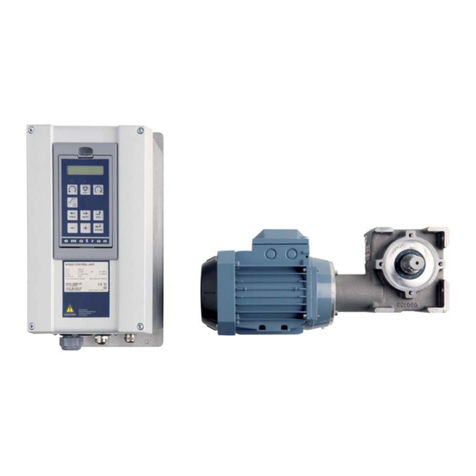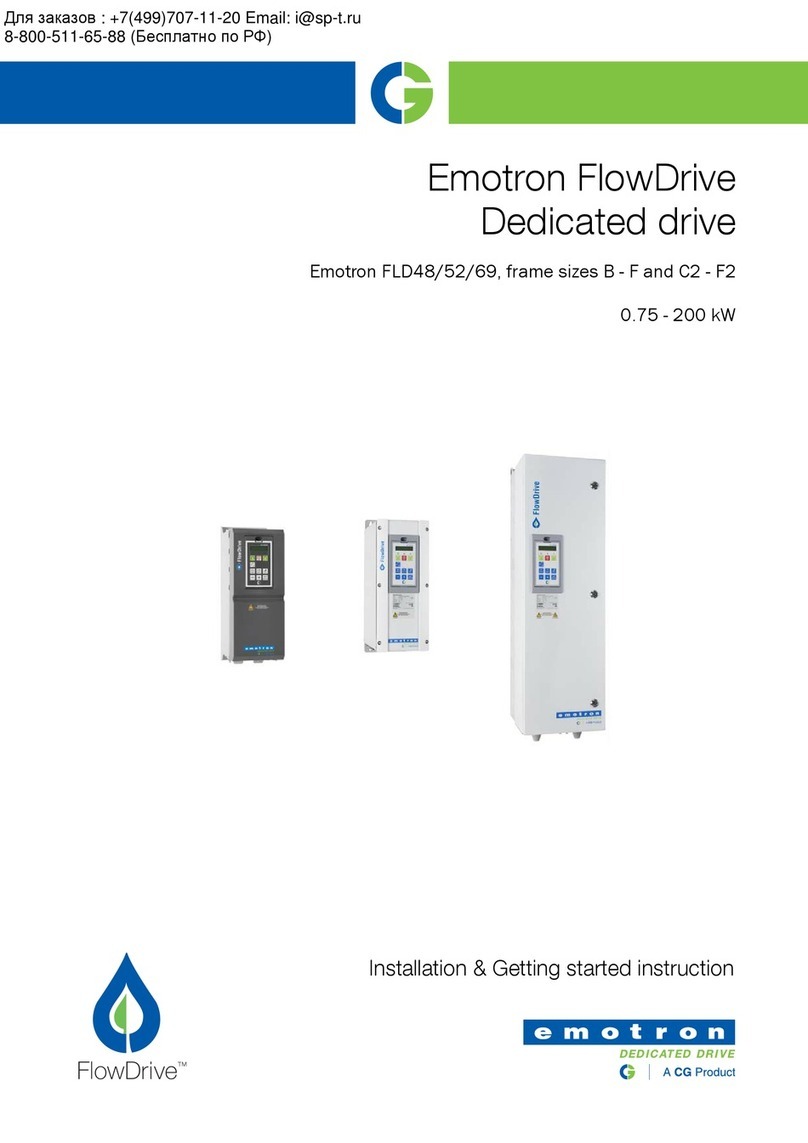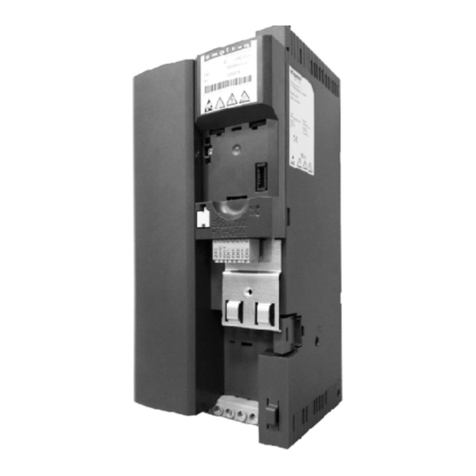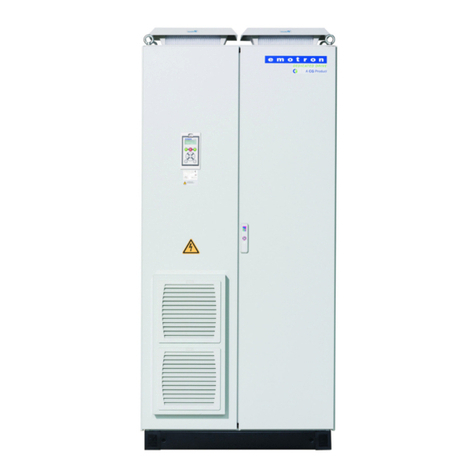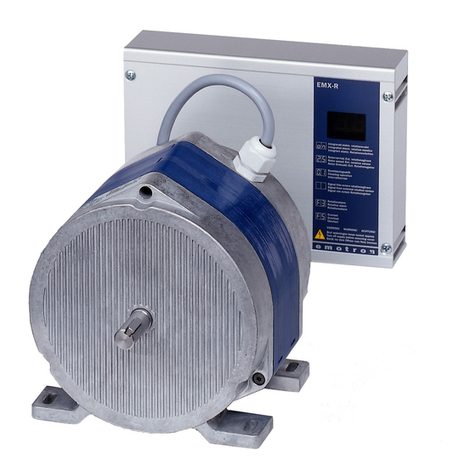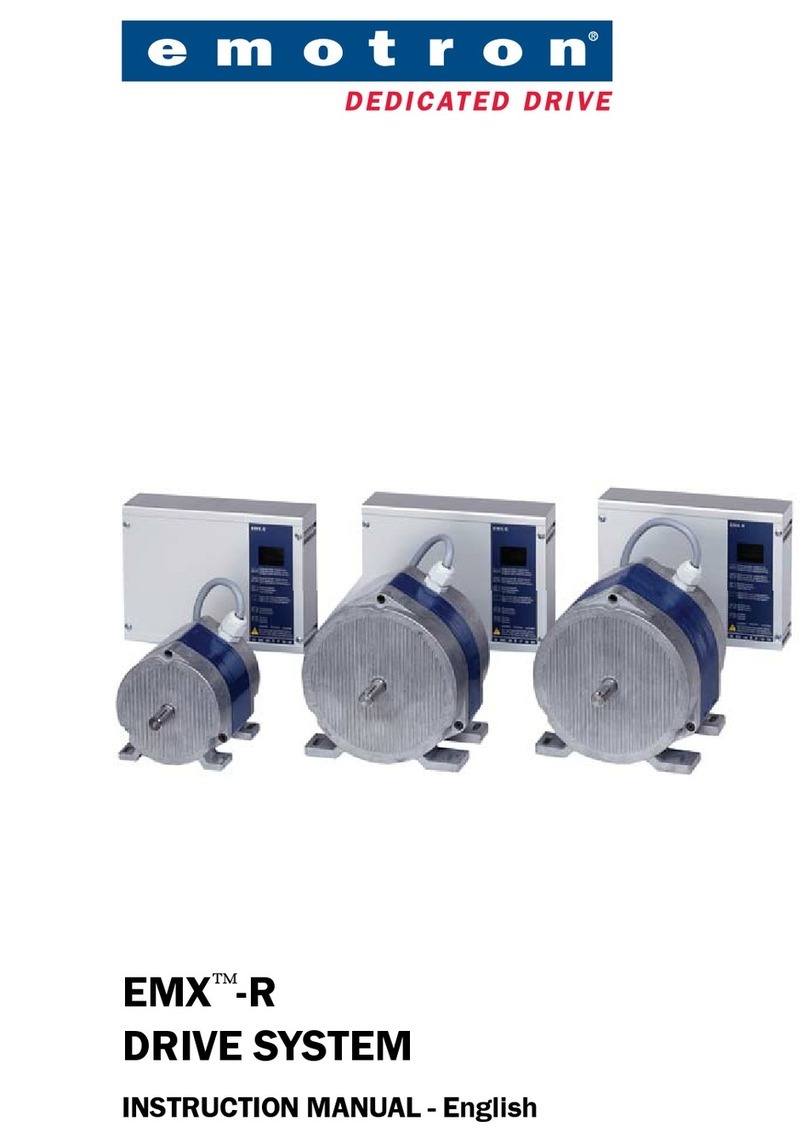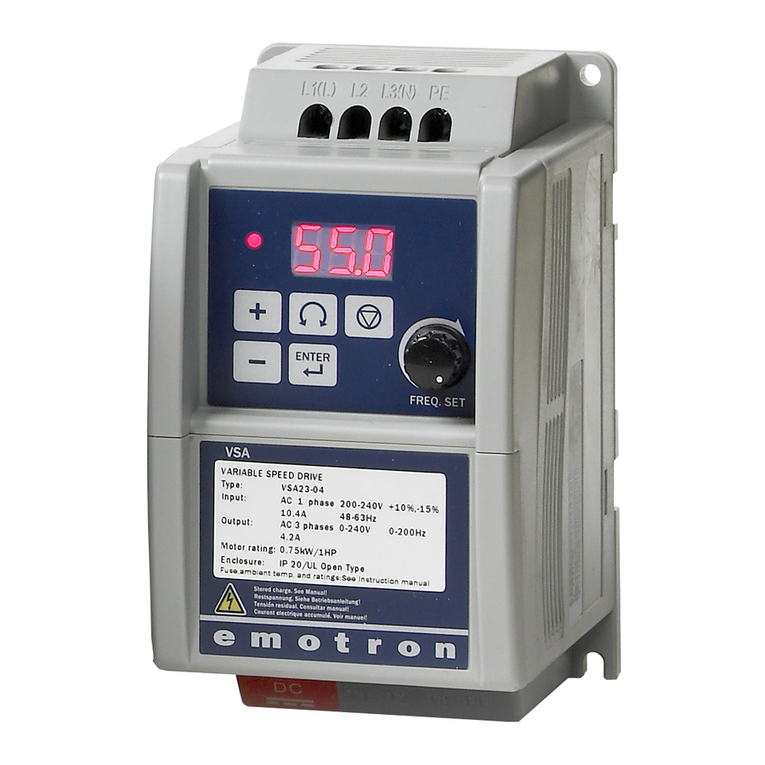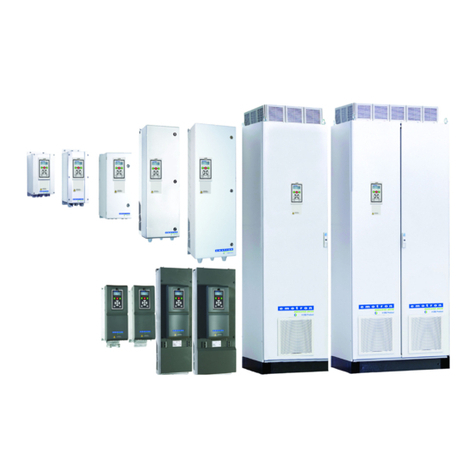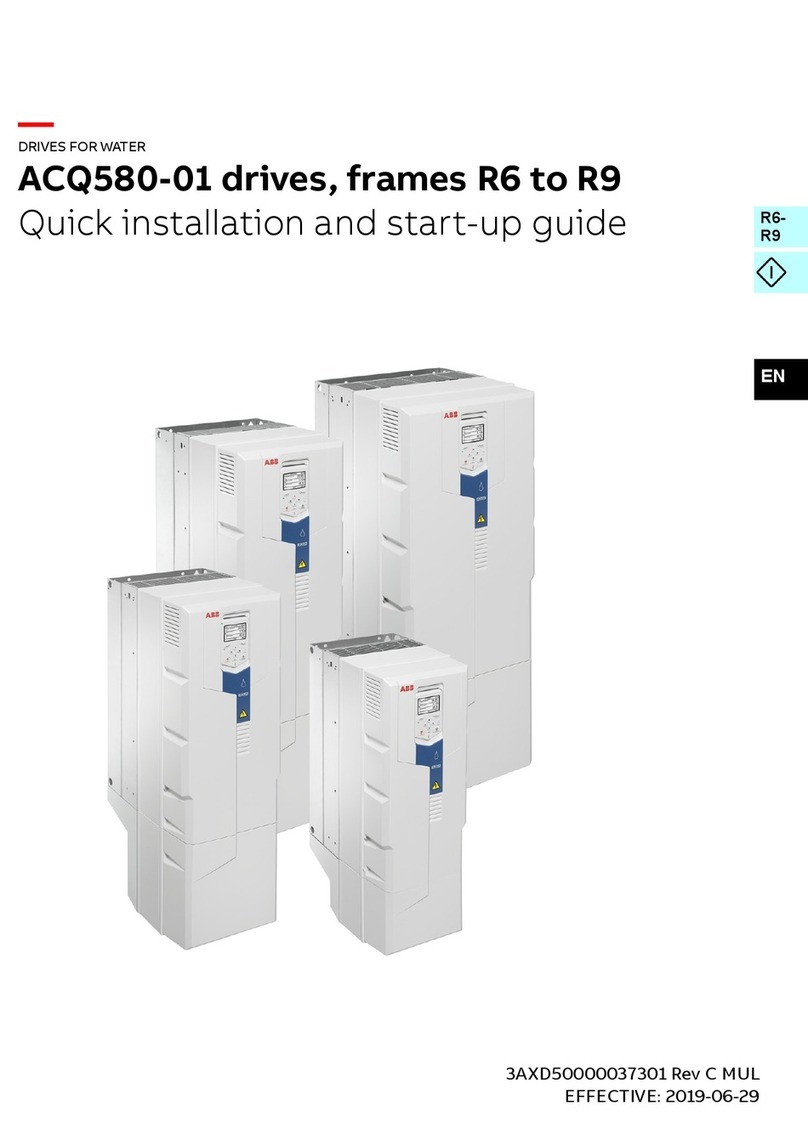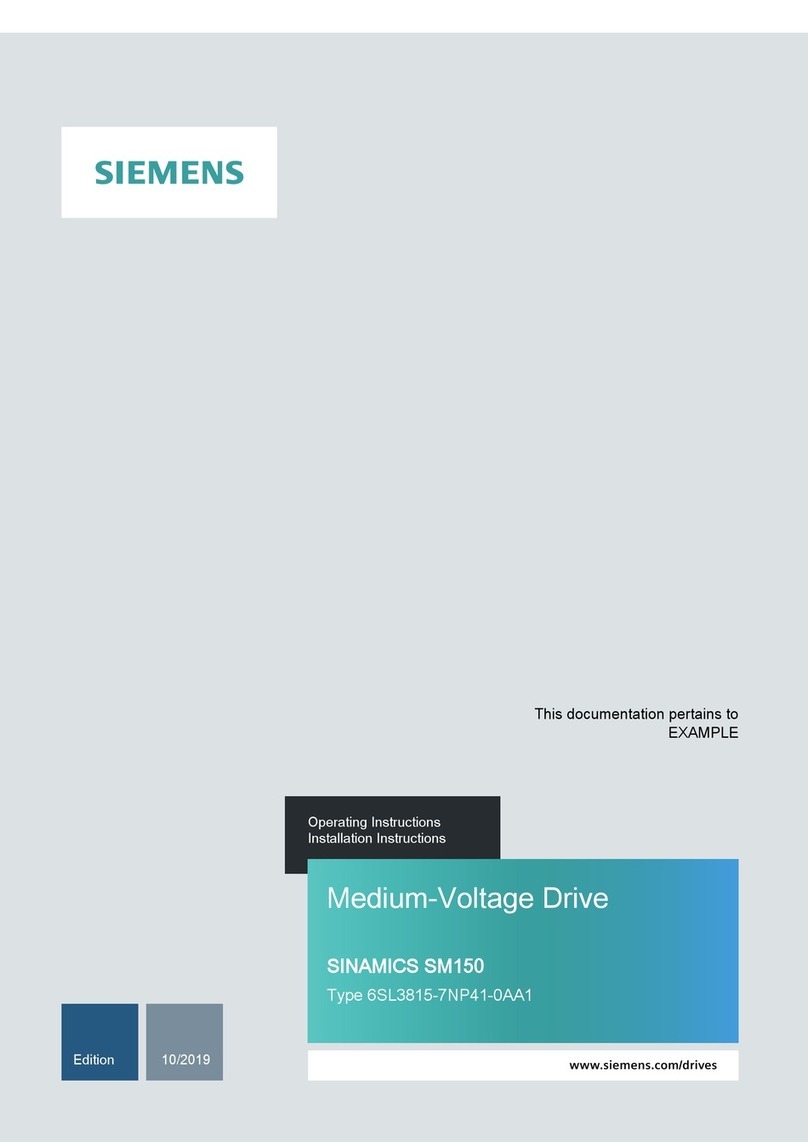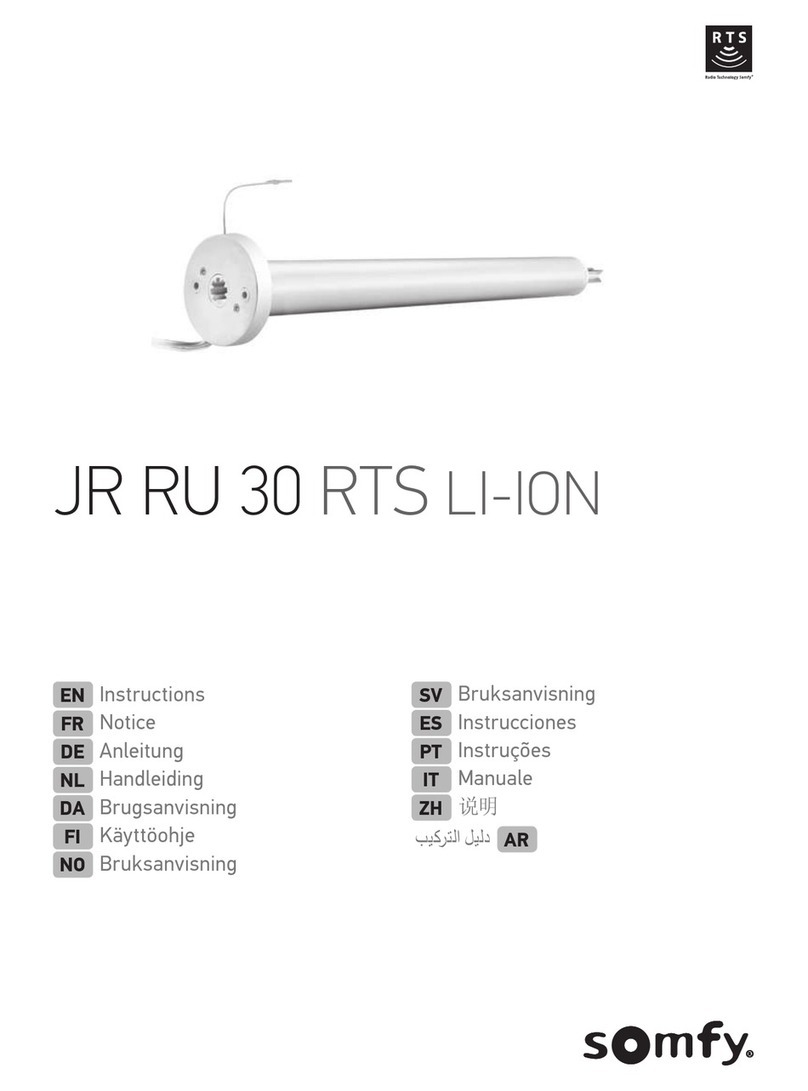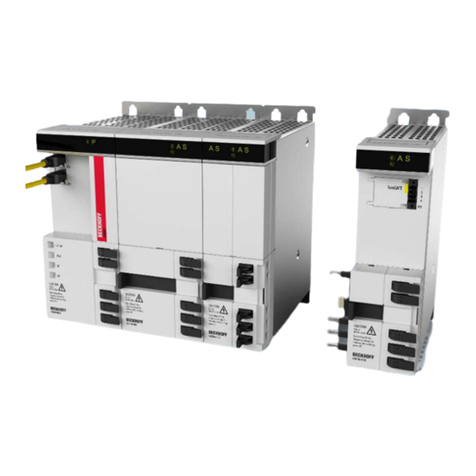
6CG Drives & Automation, 01-5325-01r1
9.2.2 Indications on the display....................................... 58
9.2.3 LED indicators ......................................................... 58
9.2.4 Control keys............................................................. 58
9.2.5 The Toggle and Loc/Rem Key ................................ 59
9.2.6 Function keys .......................................................... 60
9.3 The menu structure................................................. 60
9.3.1 The main menu ....................................................... 60
9.4 Programming during operation .............................. 61
9.5 Editing values in a menu ........................................ 61
9.6 Copy current parameter to all sets ........................ 61
9.7 Programming example............................................ 62
10. Serial communication ................................. 63
10.1 Modbus RTU ............................................................ 63
10.2 Parameter sets........................................................ 63
10.3 Motor data ............................................................... 64
10.4 Start and stop commands ...................................... 64
10.5 Reference signal ..................................................... 64
10.5.1 Process value .......................................................... 64
10.6 Description of the EInt formats .............................. 65
11. Functional Description ............................... 67
11.1 Preferred View [100]............................................... 67
11.1.1 1st Line [110].......................................................... 67
11.1.2 2nd Line [120] ........................................................ 68
11.2 Main Setup [200].................................................... 68
11.2.1 Operation [210]....................................................... 68
11.2.2 Remote Signal Level/Edge [21A]........................... 72
11.2.3 Mains supply voltage [21B].................................... 72
11.2.4 Motor Data [220] .................................................... 73
11.2.5 Motor Protection [230] ........................................... 79
11.2.6 Parameter Set Handling [240]............................... 83
11.2.7 Trip Autoreset/Trip Conditions [250]..................... 85
11.2.8 Serial Communication [260] .................................. 93
11.3 Process and Application Parameters [300] .......... 97
11.3.1 Set/View Reference Value [310] ........................... 97
11.3.2 Process Settings [320] ........................................... 98
11.3.3 Start/Stop settings [330] ..................................... 102
11.3.4 Mechanical brake control..................................... 107
11.3.5 Speed [340]........................................................... 111
11.3.6 Torques [350]........................................................ 113
11.3.7 Preset References [360] ...................................... 116
11.3.8 PID Process Control [380] .................................... 117
11.3.9 Pump/Fan Control [390] ...................................... 121
11.4 Load Monitor and Process Protection [400]....... 128
11.4.1 Load Monitor [410]............................................... 128
11.4.2 Process Protection [420]...................................... 133
11.5 I/Os and Virtual Connections [500]..................... 134
11.5.1 Analogue Inputs [510].......................................... 134
11.5.2 Digital Inputs [520] ............................................... 141
11.5.3 Analogue Outputs [530] ....................................... 143
11.5.4 Digital Outputs [540] ............................................ 147
11.5.5 Relays [550] .......................................................... 149
11.5.6 Virtual Connections [560]..................................... 151
11.6 Logical Functions and Timers [600] .................... 152
11.6.1 Comparators [610] ............................................... 152
11.6.2 Logic Output Y [620] ............................................. 162
11.6.3 Logic Output Z [630]............................................. 164
11.6.4 Timer1 [640] ......................................................... 165
11.6.5 Timer2 [650] ......................................................... 167
11.6.6 Counters [660]...................................................... 169
11.7 View Operation/Status [700] ............................... 172
11.7.1 Operation [710]..................................................... 172
11.7.2 Status [720] .......................................................... 174
11.7.3 Stored values [730] .............................................. 178
11.8 View Trip Log [800] ............................................... 179
11.8.1 Trip Message log [810]......................................... 179
11.8.2 Trip Messages [820] - [890] ................................ 180
11.8.3 Reset Trip Log [8A0] ............................................. 180
11.9 System Data [900]................................................ 181
11.9.1 VSD Data [920] ..................................................... 181
12. Troubleshooting, Diagnoses and
Maintenance .............................................. 183
12.1 Trips, warnings and limits..................................... 183
12.2 Trip conditions, causes and remedial action ...... 184
12.2.1 Technically qualified personnel............................ 185
12.2.2 Opening the AC drive ............................................ 185
12.2.3 Precautions to take with a connected motor ...... 185
12.2.4 Autoreset Trip ........................................................ 185
12.3 Maintenance ......................................................... 189
13. Options........................................................ 191
13.1 Options for the control panel................................ 191
13.2 Handheld Control Panel 2.0................................. 191
13.3 EmoSoftCom.......................................................... 191
13.4 Brake chopper....................................................... 192
13.5 I/O Board ............................................................... 193
13.6 Encoder.................................................................. 193
13.7 PTC/PT100 ............................................................ 193
13.8 Serial communication and fieldbus ..................... 194
13.9 Standby supply board option................................ 194
13.10 Safe Stop option.................................................... 195
13.11 Output chokes ....................................................... 197
13.12 Liquid cooling ........................................................ 197
13.13 AFE - Active Front End........................................... 197
14. Technical Data ........................................... 199
14.1 Electrical specifications related to model ........... 199
14.2 General electrical specifications.......................... 204
14.3 Operation at higher temperatures ....................... 205
14.4 Operation at higher switching frequency............. 205
14.5 Dimensions and Weights...................................... 206
14.6 Environmental conditions..................................... 207
14.7 Fuses, cable cross-sections and glands.............. 208
14.7.1 According to IEC ratings........................................ 208
14.7.2 Fuses and cable dimensions according to
NEMA ratings......................................................... 210
14.8 Control signals....................................................... 212
15. Menu List ................................................... 213
Index ........................................................... 219
